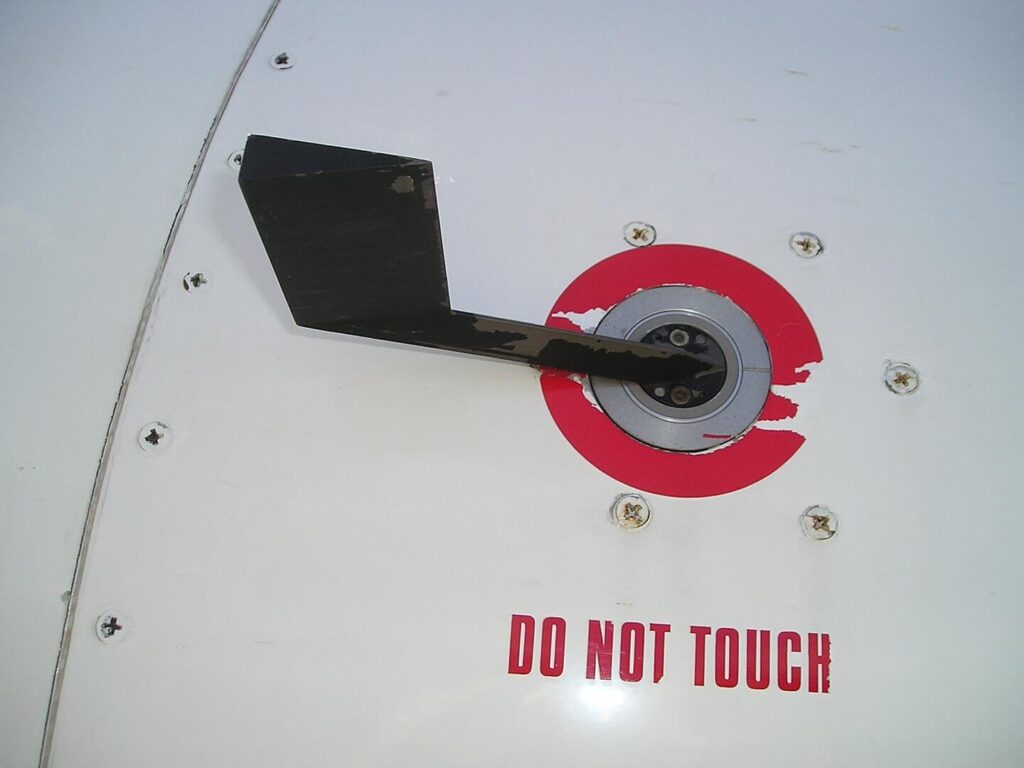The United States Federal Aviation Administration issues a reminder to operators to perform “proper” operations and maintenance on angle of attack sensors. The reminder is not directly addressed to Boeing 737 MAX aircraft. But a possible malfunction of these components was discussed in relation to two deadly crashes involving the aircraft type.
On August 14, 2019, the Federal Aviation Administration of the United States (FAA) has issued a reminder for all operators, including airlines, maintenance and airport service providers, to “properly” handle maintenance and operations of angle of attack (AoA) sensors.
In particular, the authority urges all operators to review current AoA handling procedures in their manuals to ensure that it “adequately identifies all aspects and appropriate policies/procedures around AOA sensors”.
“Regardless of certification basis, it is imperative that all operators are aware of the criticality of AOA sensors and the potential for damage during normal operations, maintenance procedures, servicing procedures, and any other procedures around an aircraft where damage to an AOA sensor could occur,” the FAA states. These requirements are laid out in continued airworthiness instructions.
While the FAA’s advice states that these components are used on “multiple foreign and domestic products, including large transport aircraft and small general aviation aircraft”. AoA sensors and, more importantly, the possible outcome of their malfunction, recently came into the spotlight after two Boeing 737 MAX aircraft crashes.
On the 737 MAX aircraft, a malfunction of angle of attack sensors can lead to faulty MCAS activation. This can cause an airplane to enter aerodynamic stall. It is strongly suspected that this is what caused Lion Air Flight JT610 in October 2018 and Ethiopian Airlines Flight ET302 in March 2019 to dive. Both crashes killed a total of 346 people.
The MCAS system, installed on all Boeing 737 MAX aircraft, is activated when AoA sensors detect dangerous angle. During the Flight JT610, two AoA sensors showed a difference of 20 degrees. Flight ET302 took off as values of AoA sensors “appeared normal”, investigators later found. However, shortly after liftoff, the value of the left angle of attack sensor deviated from the right one and reached 74.5 degrees while the right angle of attack sensor value was 15.3 degrees.
More recently, on July 31, 2019, the European Union Aviation Safety Agency (EASA) issued an Airworthiness Directive (AD), warning operators of a “reduced efficiency” of the A320neo angle-of-attack (AOA) protection under certain flight configurations. In combination with specific commanded maneuvers from the flight crew, it could lead to excessive pitch attitudes, possibly resulting in increased workload.

